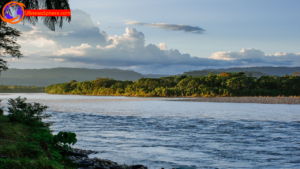San Francisco’s iconic waterfront, known for its historic landmarks like the Ferry Building and the Bay Bridge, faces an uncertain future due to the threat of rising sea levels caused by climate change. In 2016, the National Trust for Historic Preservation recognized part of the city’s urban shoreline as one of the most endangered historic places in the U.S. Now, San Francisco is considering ambitious measures to safeguard its cherished waterfront.
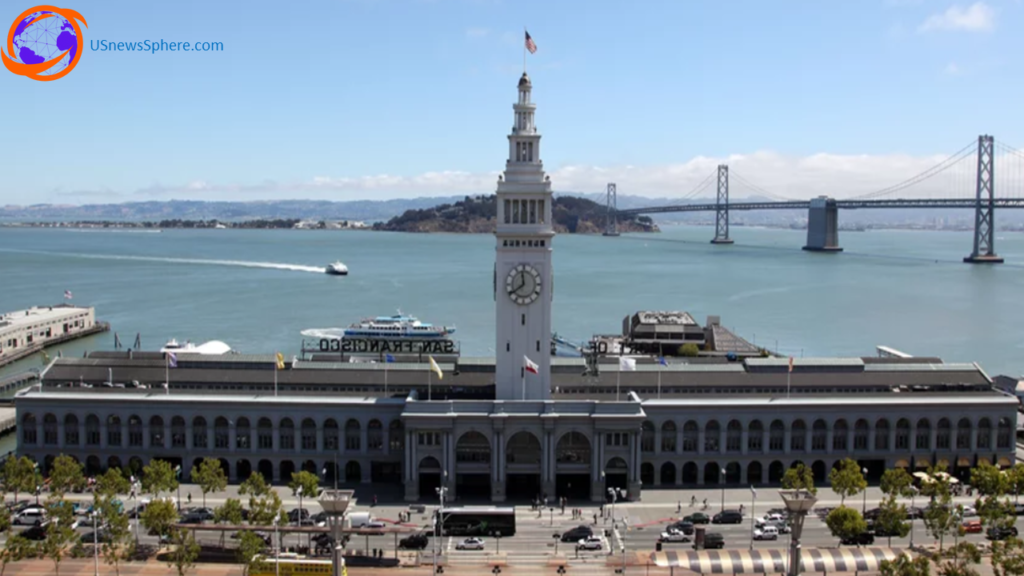
San Francisco’s the Growing Threat:
The threat of floods and rising sea levels is increasingly endangering waterfront landmarks worldwide, including St. Mark’s Basilica in Venice, Italy, and the Venice Beach boardwalk in Los Angeles. San Francisco’s challenges are exacerbated by the escalating frequency and magnitude of climate-related threats. As Elaine Forbes, executive director of the Port of San Francisco, points out, the issue of climate change and historic preservation intersects right at the waterfront.
The Changing Landscape: Historically, San Francisco has faced major earthquakes rather than sea level rise. However, parts of the city’s waterfront have already experienced flooding due to heavy rains in recent years. Projections suggest that sea levels could rise up to seven feet by the turn of the century, making intervention imperative by mid-century.
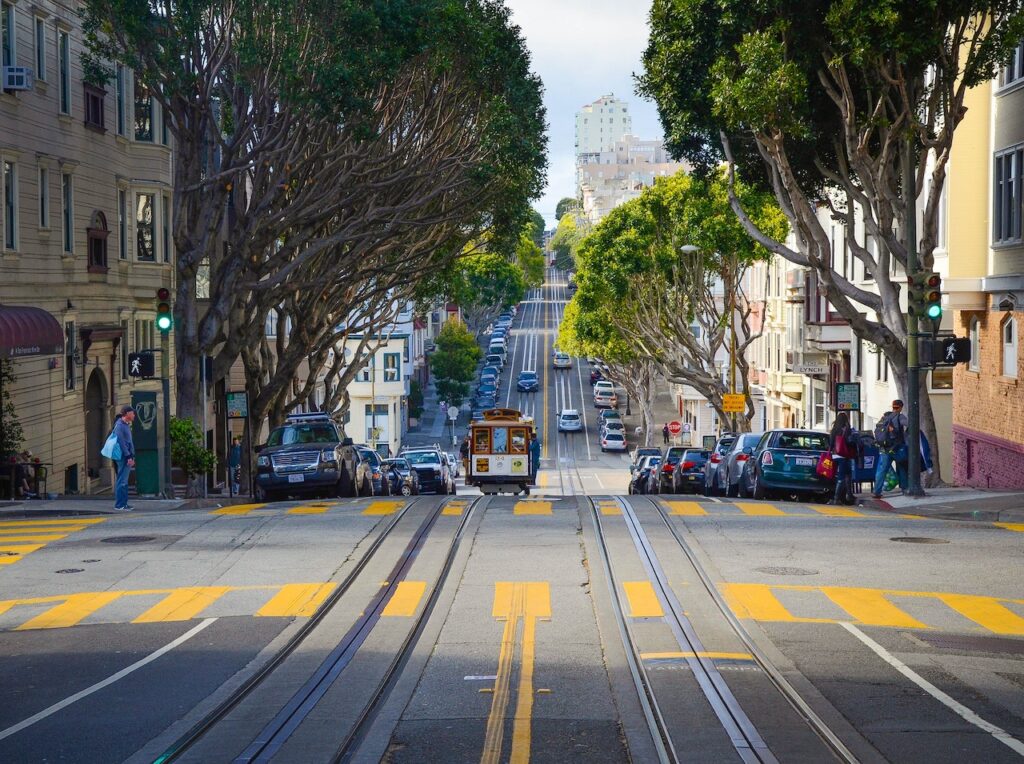
Protecting the Historic Waterfront: San Francisco is actively working on strengthening its aging seawall, some sections of which are over 140 years old. Additionally, plans are in place to physically relocate certain historic structures along the waterfront, with the most prominent being the Ferry Building. This iconic structure, dating back to the late 1890s, may need to be elevated by up to seven feet to prepare for the impending sea level rise.
Community Perspectives: While many agree that preserving the Ferry Building and other historic landmarks is crucial, there are varying opinions within the community. Some residents worry about the broader impact on the city and its residents, emphasizing the importance of the community itself. Others are curious about whether these efforts are genuinely for the benefit of the people or driven by profit motives.
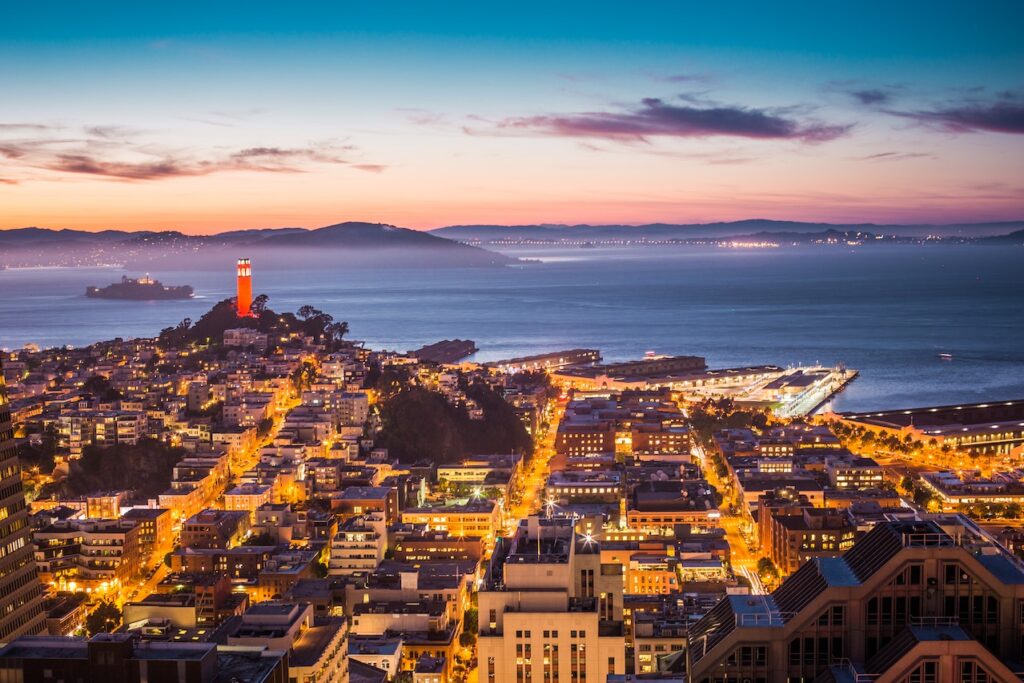
Balancing Priorities: San Francisco’s Waterfront Resilience Program extends beyond preserving historic buildings. It includes strengthening emergency response systems and protecting natural habitats. However, the estimated cost of the project runs into billions of dollars, leading to tough decisions regarding the city’s waterfront cultural heritage.
Looking Ahead: San Francisco’s Port Authority is actively engaging with the community to shape its draft plan for protecting the shoreline, expected to be released soon. Marcy Rockman, a climate change researcher focused on cultural heritage, underscores the importance of balancing the preservation of both visible landmarks like the Ferry Building and the less conspicuous yet equally valuable aspects of the city’s heritage.
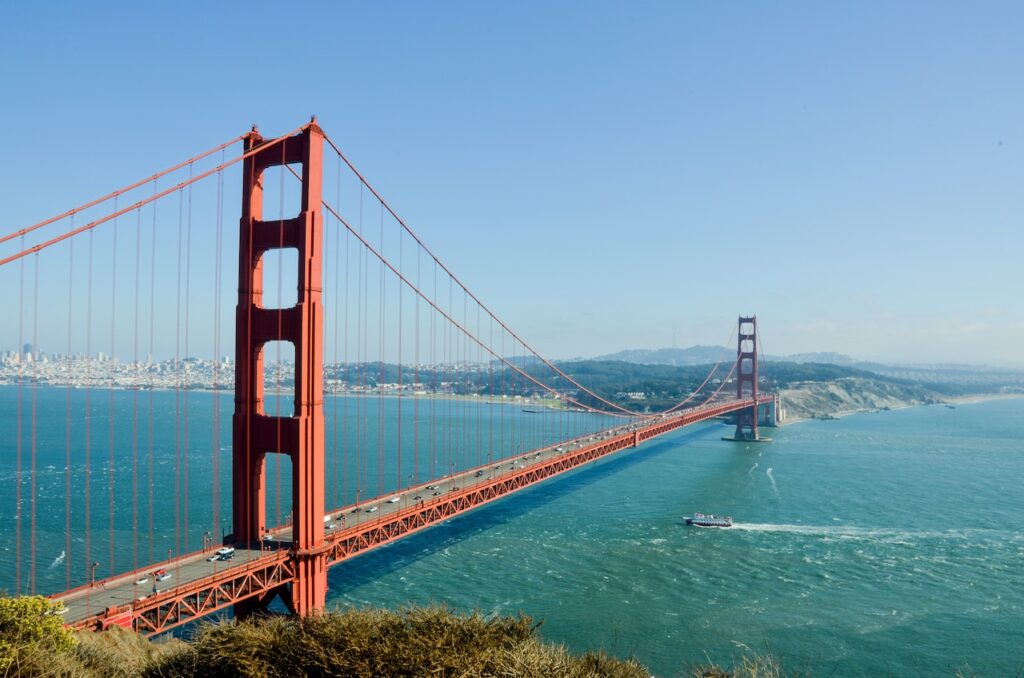
[cnn.com]
As San Francisco confronts the challenges posed by rising sea levels, it must find a delicate balance between preserving its historic treasures and safeguarding its broader community and natural environment. The city’s efforts to address these complex issues will have implications not only for its own future but also as a case study for other coastal cities grappling with similar threats.





